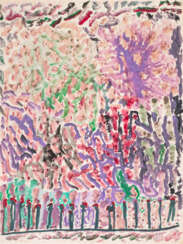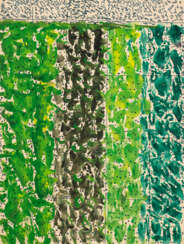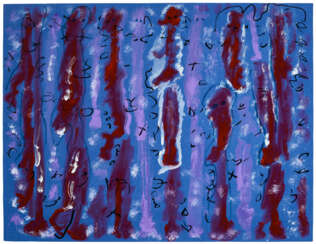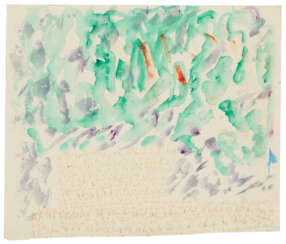дж. б. мюррей (1908 - 1988)
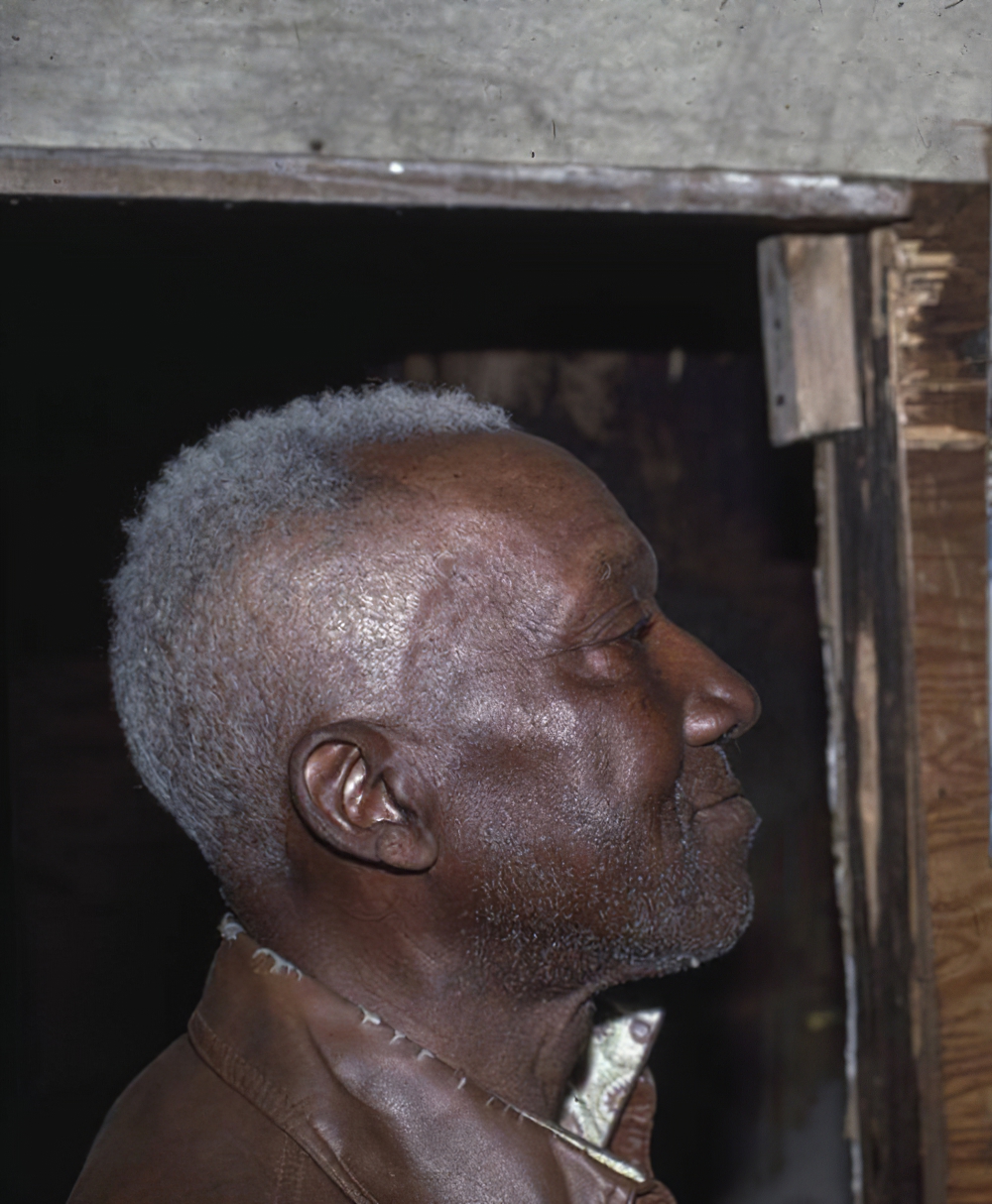
John Bunion (J. B.) Murray was an abstract expressionist painter from Glascock County, GA. His work has been shown among folk art exhibitions and is included at the American Folk Art Museum and the Smithsonian American Art Museum, and has been featured in many museum exhibitions, including "Self-Taught Genius" at AFAM and "When the Stars Begin to Fall" at the Studio Museum. His work is best known for its codified use of colors and improvised script, called "spirit script," which could only be translated by the artist.
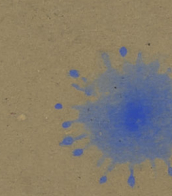

John Bunion (J. B.) Murray was an abstract expressionist painter from Glascock County, GA. His work has been shown among folk art exhibitions and is included at the American Folk Art Museum and the Smithsonian American Art Museum, and has been featured in many museum exhibitions, including "Self-Taught Genius" at AFAM and "When the Stars Begin to Fall" at the Studio Museum. His work is best known for its codified use of colors and improvised script, called "spirit script," which could only be translated by the artist.


John Bunion (J. B.) Murray was an abstract expressionist painter from Glascock County, GA. His work has been shown among folk art exhibitions and is included at the American Folk Art Museum and the Smithsonian American Art Museum, and has been featured in many museum exhibitions, including "Self-Taught Genius" at AFAM and "When the Stars Begin to Fall" at the Studio Museum. His work is best known for its codified use of colors and improvised script, called "spirit script," which could only be translated by the artist.
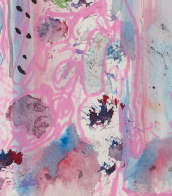

John Bunion (J. B.) Murray was an abstract expressionist painter from Glascock County, GA. His work has been shown among folk art exhibitions and is included at the American Folk Art Museum and the Smithsonian American Art Museum, and has been featured in many museum exhibitions, including "Self-Taught Genius" at AFAM and "When the Stars Begin to Fall" at the Studio Museum. His work is best known for its codified use of colors and improvised script, called "spirit script," which could only be translated by the artist.


John Bunion (J. B.) Murray was an abstract expressionist painter from Glascock County, GA. His work has been shown among folk art exhibitions and is included at the American Folk Art Museum and the Smithsonian American Art Museum, and has been featured in many museum exhibitions, including "Self-Taught Genius" at AFAM and "When the Stars Begin to Fall" at the Studio Museum. His work is best known for its codified use of colors and improvised script, called "spirit script," which could only be translated by the artist.
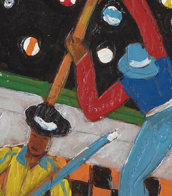

John Bunion (J. B.) Murray was an abstract expressionist painter from Glascock County, GA. His work has been shown among folk art exhibitions and is included at the American Folk Art Museum and the Smithsonian American Art Museum, and has been featured in many museum exhibitions, including "Self-Taught Genius" at AFAM and "When the Stars Begin to Fall" at the Studio Museum. His work is best known for its codified use of colors and improvised script, called "spirit script," which could only be translated by the artist.


John Bunion (J. B.) Murray was an abstract expressionist painter from Glascock County, GA. His work has been shown among folk art exhibitions and is included at the American Folk Art Museum and the Smithsonian American Art Museum, and has been featured in many museum exhibitions, including "Self-Taught Genius" at AFAM and "When the Stars Begin to Fall" at the Studio Museum. His work is best known for its codified use of colors and improvised script, called "spirit script," which could only be translated by the artist.


John Bunion (J. B.) Murray was an abstract expressionist painter from Glascock County, GA. His work has been shown among folk art exhibitions and is included at the American Folk Art Museum and the Smithsonian American Art Museum, and has been featured in many museum exhibitions, including "Self-Taught Genius" at AFAM and "When the Stars Begin to Fall" at the Studio Museum. His work is best known for its codified use of colors and improvised script, called "spirit script," which could only be translated by the artist.

